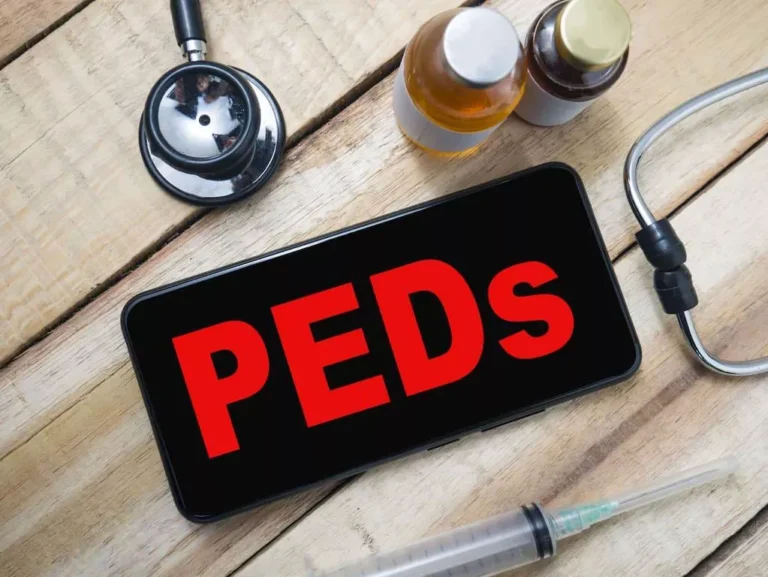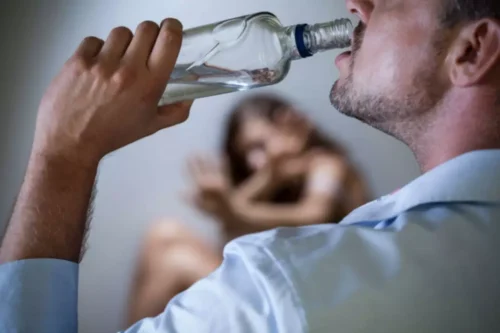
It is a common trigger for people who have migraines, and alcohol can also trigger a headache for some people who don’t otherwise have migraines or headaches. Your overall responses can slow down while you are under the influence of alcohol. This means that it can take a little longer than usual for your brain to recognize what you are seeing, and it can take longer than usual for you to decide what to do about it. Instead, the operator should keep the person visible at all times and circle around going forward. Never put a boat in reverse to pick someone up out of the water, the agency states. Accidents can occur at high speeds on the water, leaving little time to reach for a stowed life jacket, the organization added.
Understanding Alcohol Eyes: Symptoms and Causes
- While researchers found a link between heavy alcohol consumption and late stage AMD, they also noted a higher risk in those with genetic predispositions who had 2.70 drinks or more per week.
- Optic neuropathy can also develop as a result of accidental methanol poisoning.
- A Journal of Ophthalmology study found that night vision gets worse after drinking in both men and women.
- The disease can take anywhere between a few days to weeks to fully develop.
- Law enforcement officers assess several alcohol-induced changes to the eyes when performing a field sobriety test on a suspected impaired driver.
The contents of this post and of all Zenni blogs are for informational and marketing purposes only. This post and all Zenni blog contents are not to be considered medical advice. Zenni Optical, Inc. does not provide professional health care advice or engage in the practice of medicine, optometry, or professional health care. Always seek the advice of your optometrist or other qualified health provider for all professional medical advice, diagnosis, treatment or any questions you may have regarding a medical condition. While it may not be possible to completely eliminate the effects of alcohol on your vision, there are steps you can take to minimize its impact.

Alcohol Consumption and Blurred or Double Vision

In June, the World Health Organization said that no level of alcohol consumption is safe for our health. And a new study funded by the National Institutes of Health found that binge drinking among adults ages 35 to 50 has reached historic levels. Although men have historically suffered more health problems from alcohol, a JAMA study published in July found that the rate of increase why does alcohol cause impaired vision in alcohol-related deaths is rising faster in women than men, particularly for those 65 and older. Drinking alcohol regularly can also cause dry eye symptoms and involuntary twitching of the eyelid, known as myokymia. You may also experience inflammation of the eye and double vision that causes burning and itching of the eyes, migraines, and extreme light sensitivity.
Alcohol and optic neuropathy
Some states have higher penalties for people who drive with high BAC (0.15 to 0.20 or above) due to the increased risk of fatal accidents. You may think that a wild lifestyle that includes excessive drinking only affects the brain and liver, but it affects every part of the body for the worse. Next time you go out drinking or have a get-together, set a limit for yourself so as to not go overboard. It can lead to eye pain, eye floaters, loss of vision in one or both eyes and loss of color perception. It doesn’t happen often, but when alcohol is involved, you’re at a higher risk.
You might develop a painless loss of vision, decreased peripheral vision, or reduced color vision. Heavy drinking also significantly increases your risk of heart and liver problems. Though these aren’t eye diseases, the first signs of these conditions are often seen in the eyes as part of a comprehensive eye exam. Signs of heart disease include optic neuropathy, atrophy, bleeding in the retina from vascular occlusions, and even hypertensive retinopathy. Liver issues can be detected by the whites of your eyes taking on a yellowish hue, which indicates problems with the liver. Drinking can cause short- and long-term challenges with eye health and vision, including a condition known as dry eye disease (DED).
Dry eyes and drinking
The delay is only a few milliseconds, but it can make a difference in your ability to carry out normal activities, For example, you may also experience delayed reactions while driving. Drinking alcohol may decrease the sensitivity of your peripheral vision. You might not see very well on your right and left sides, which can cause you to ignore objects on your sides. This may also give you the effect or perception of having tunnel vision.
Risks of Long-Term Excessive Drinking
A person can become intoxicated even with moderate drinking and may experience temporary disturbances to their vision. A large study investigating the effect of alcohol on dry eye disease found that women have a significantly higher risk of experiencing dry eye symptoms after alcohol use as compared with men. In fact, drinking alcohol did not cause any increase in dry eye symptoms for men. Also referred to as tobacco-alcohol amblyopia, people who drink or smoke in excess can develop optic neuropathy, though it is rare. Studies have shown that vision loss can be a result of a nutritional deficiency, and some professionals believe that the condition develops because of the toxic effects of alcohol and tobacco. In addition to the short-term and temporary effects of alcohol, consuming heavy amounts of alcohol can lead to irreversible eye problems over time.
- For instance, Abroms, Gottlob, and Fillmore evaluate the effects of moderate alcohol ingestion on inhibitory control (intentional and automatic) over selective attention [17].
- This alcohol administration method was adapted from previous studies conducted by Silva et al., Abroms et al., and van Ravenzwaaij, Dutilh, and Wagenmakers, who have demonstrated the effectiveness of this type of placebo-controlled experimental design [3, 17, 43, 44].
- Recognizing the impact alcohol has on your eyes is the first step toward better health.
- Medical detox safely manages the physical symptoms of withdrawal under medical supervision, ensuring that your first steps towards sobriety are as safe as possible.
Can I drink alcohol if I have macular degeneration?

The statistical analyses were conducted using SPSS (Statistical Package for the Social Sciences), version 20. The Kolmogorov-Smirnov test showed that the data complied with the assumption of normality; therefore, parametric tests were applied. In addition, using Student’s t-test for repeated measures, significant differences between the participants’ performance in the alcohol and placebo conditions (alcohol as independent variable) in relation to the parameters of the eye tracker were observed. Additionally, Pearson bivariate correlations were performed with the goal of assessing the associations among the parameters of the eye movement, alcohol drinking habits, and the AUDIT score. Heavy alcohol consumption could produce free radicals in the liver. While having a drink from time to time is unlikely to cause health problems, moderate or heavy drinking can impact the brain.
- At 0.05% to 0.07% BAC, individuals feel ‘tipsy.’ Then at 0.08% to 0.09%, individuals experience reductions in physical coordination and should not drive.
- Naturally, as the brain and eyes are so closely linked, our vision suffers because of it.
- This is sometimes known as “beer goggles.” After all, impaired vision and a slowed reaction time are why drinking and driving are often a fatal combination.
- Rapid eye movements or involuntary eye movements are often called nystagmus and can affect one or both eyes.

